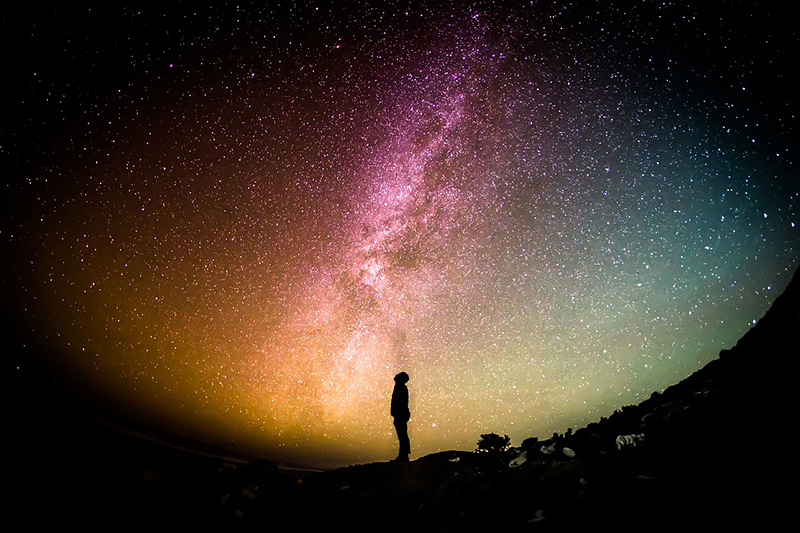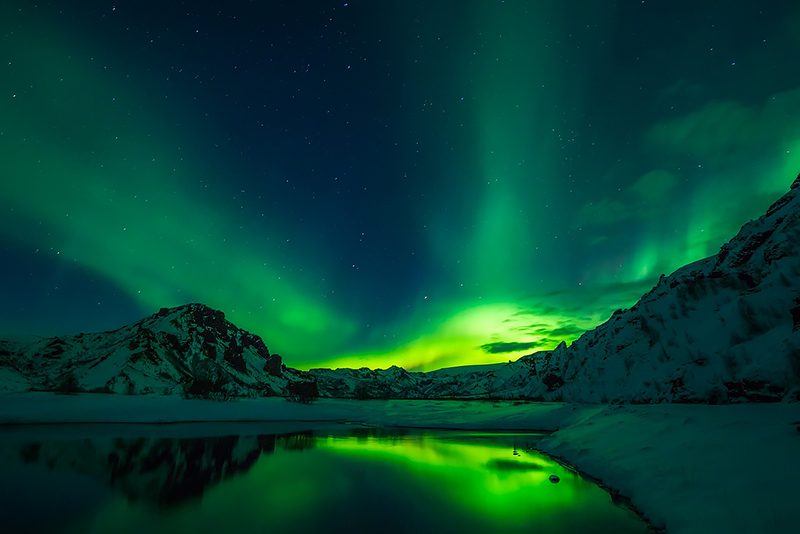Astrophotography is one of the greatest types of photography there is. A camera can sometimes see what our eyes are missing and this means that you can get some pretty stunning photos if you are willing to venture out into the night.
However, for these photos to work, you need to know how to position your camera and many other things.
Here are some tips:
Use a tripod and a cable release
To take great night sky and star photos, you need a steady ground. Even though your hands might be steady, at shutter speed of 1/60, heartbeat causes small movements which can make your pictures blurry. You should also use a cable release because you pressing a button on your camera can make the photo blurry and poor quality.
Use a fast lens
You need a lense that can capture all of the light it can. This means a fast lense and a wide aperture so that your pictures can look stunning, says Ben Timothy, a video maker at Essayroo.
Have a high ISO
ISO helps capture what our own eyes can't see. The higher the ISO, the better. However, you do need to understand how high your ISO can go without noise, which means without creating too much color. If you want darker skies, lower the ISO.
Know where you'll take photos and scout it in advance
For astrophotography to work, you need to pick a place away from the city lights and all possible light pollution. Night sky is also often full of moving objects like satellites or planes, so these might ruin your photo. Once you pick a spot, scout it the night before taking pictures at the same time you are going to take pictures and see if there are any distractions. If yes, see where they usually are and how you can avoid them.
Adjust the manual settings
Adjust your manual settings so that they work well with your spot and the part of the sky you want to shoot. You should also adjust your settings to the darkness or light of the photo that you want to create.
Create a contrast
Taking a picture of only the sky might seem like a good idea, but you'll be in for a surprise after you see what it looks like - not good at all. The reason is, the sky doesn't seem so interesting or magnanimous without something to show just how extraordinary it is.
So, use something on the ground as a contrast to the sky. For instance, a tree, a rock or yourself. Your own shadow can look really impressive in contrast to the sky and the picture can look amazing.
Carry extra batteries
Depending on the weather, your batteries might not hold as long as you want them to. So, you need to carry some extras. Batteries drain quickly, especially when it's cold, so you should always carry extra ones in your inner pockets or in some other warm place where they can be safe from cold.
This is always useful, especially if you want to take just one more shot.
Open your aperture as wide as possible
The wider your aperture, the better your picture will be because it will allow your lense to capture a lot of light, says Rosa Idn, a photography blogger at Academized.
Focus on something else
Again, night sky is amazing. But staring into infinity might be a bit boring at times. So, why not focus away from it? Put something else in the focus and let the sky frame it perfectly. It will at the same time show two aspects - our humble planet in comparison to the colorful space and the beauty of nature and sky.
Anything you have handy will work. Use this in situation where not even a good contrast works for you.
Finalize in the post production
Every photo needs some editing in post-production. What used to be the dark room now are specialized photo editing software. Use different settings to see how your photo will work in different temperature or lighting settings.
Taking night sky photos is a wonderful thing that can either be a legitimate job or just a fun hobby after a long day of taking pictures of people, places and so on. However, it might prove a bit more difficult than just clicking. Prepare yourself by studying and following these tips.
Chloe Bennet works as a digital marketing blogger and contributor at
Studentwritingservices and Top Canadian Writers. She writes a lot about web design and photography. Also, Chloe is a proofreader at Grade On Fire.



